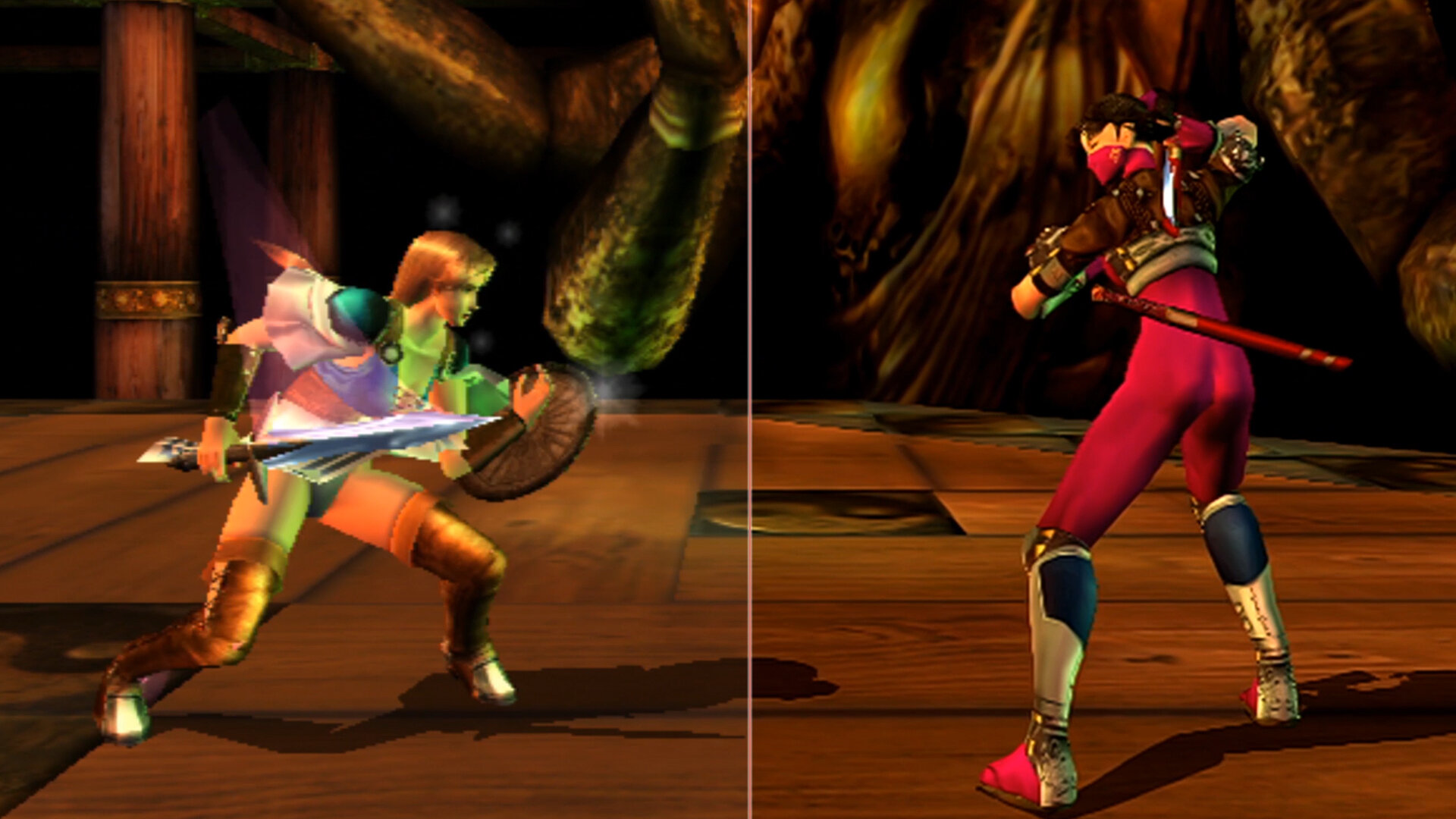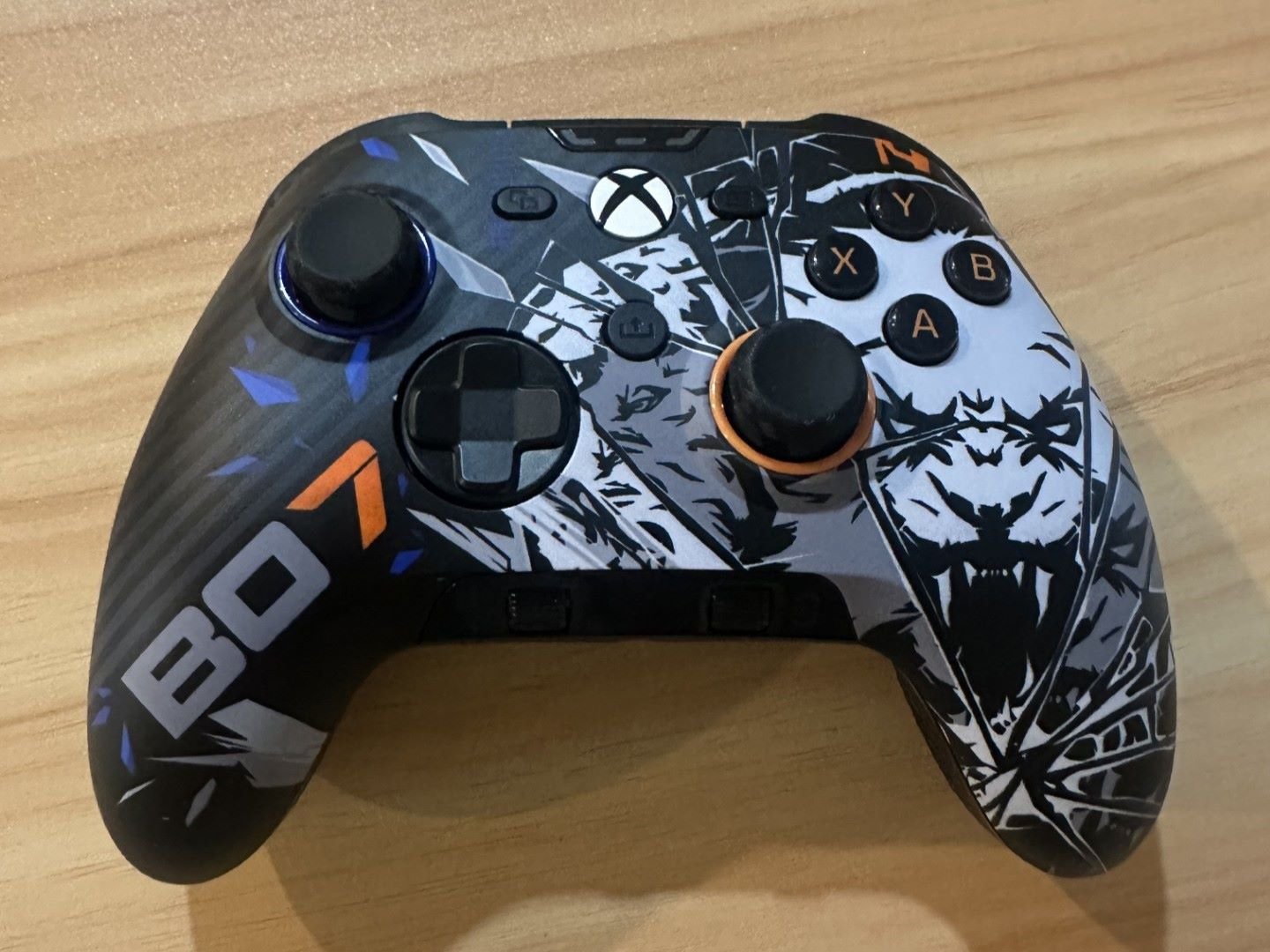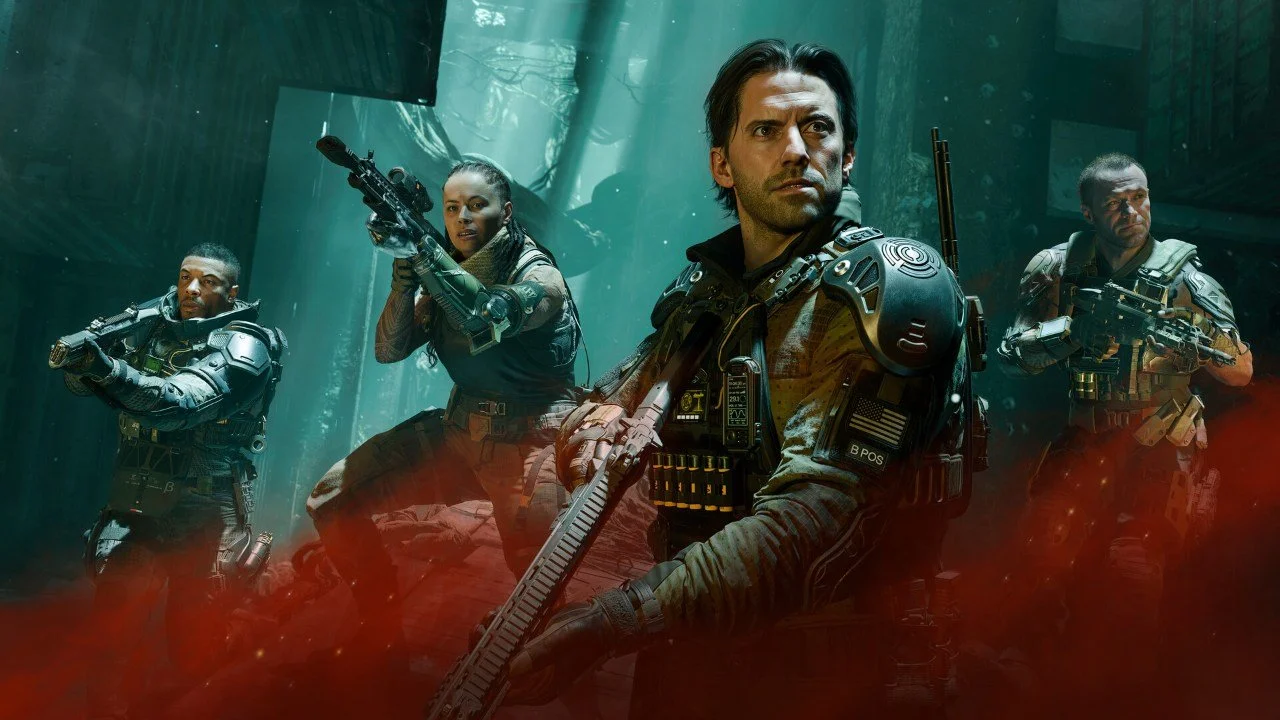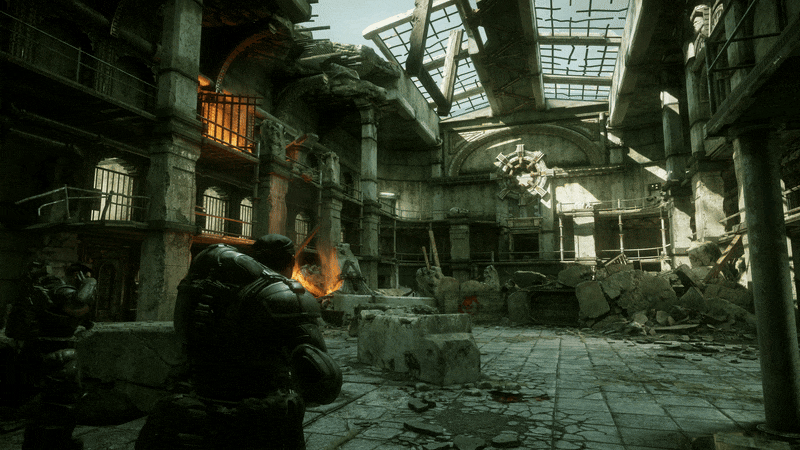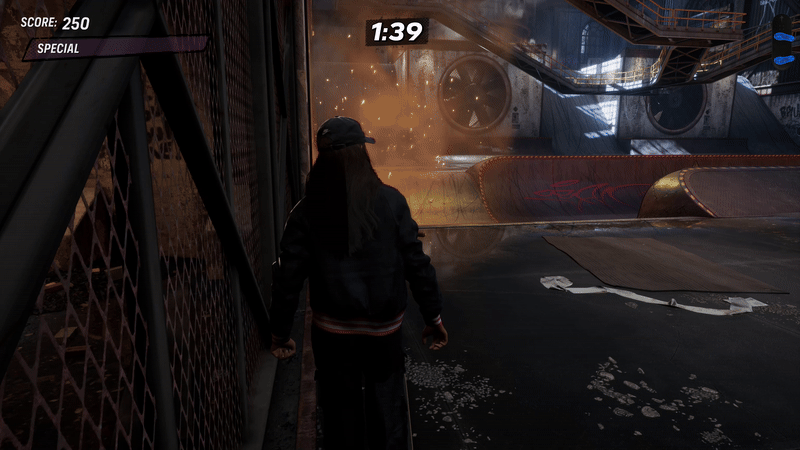Choosing a monitor is as essential to any modern gaming setup as any other computer component. A monitor can determine how good your games look, how smooth they look, and even how fast you can interact with them. Regardless if you game on a console or a PC, the right monitor for your setup will make all the difference in the world. Today we are looking at the Pixio New PX277, and it makes a compelling case for wanting to be your next gaming monitor of choice.
Specs
The New PX277 is a 27-inch bezel-less 1440P IPS display that features a 144 HZ refresh rate. With Freesync compatibility, you are ensured a smoother presentation when combined with a supported GPU or Xbox One X. The New PX277 boasts 2 HDMI (2.0/1.4), 1 Display Port (1.2) and 1 DVI for inputs, allowing for multiple devices to be hooked up at the same time.
- 27 inch WQHD (Wide Quad High Definition) 2560 x 1440 pixels
- 144Hz liquid smooth, blur-free Refresh Rate
- IPS (AH-VA) Panel (178˚ Viewing Angle)
- Adaptive-Sync (Range: 30-144hz)
- 178˚ Viewing Angle
- Anti-glare screen
- 1000:1 Contrast Ratio
- 2x HDMI, 1x DP connection
- Gaming Mode
- Gaming Timer & Crosshair
Check out the full spec sheet at Pixio’s site.
Aesthetics and Build Quality
The New PX277 is a gorgeous display with no gimmicks and a rock-solid feel! Being bezel-less ensures that the maximum amount of space is being utilized for display purposes only. To further ensure a smaller formfactor, the entire casing for the monitor is a thin as needed to fit the LCD panel and other components. On the bottom of the display is a centimeter-thick part of the bezel that boasts the PX277’s only front facing markings that merely says New PX277. All brand markings are neatly printed on the back of the display which results in a very clean looking setup.
On the bottom right of the display are your power and menu buttons. Each button is individual unlike many contemporary monitors that combine everything into a single button. Menu navigation is easily performed, and I am personally a fan of many buttons. Each of the monitors inputs and power port are also located on the bottom of the monitor housing. Rounding out the sleek minimalist approach of the New PX277 is the stand. This thing is deceptively small, but it mounts securely and keeps the monitor in place.
Usage
Gaming and working with the New PX277 for the last 2 weeks has been a joy. I spent this time gaming, video editing and streaming. After my initial configuration everything looked exactly as I wanted. As a side note brightness on the New PX277 is dimmer than I personally prefer, but it was easy to adjust to.
Gaming
Higher framerates in PC games are becoming an essential requirement for most online games. Higher framerates ensure smoother movement in game as well as mouse movements to line up those crucial head shots. I spent quite a few hours playing Player Unknown’s Battleground and Fortnite and the PX277 was able to drive the 144 FPS perfectly. Mouse movements were crisp and responsive, and I felt like shots were that much easier to line up. Switching gears to more cinematic games, I decided to load up Rise of the Tomb Raider and 144 FPS at 1440P is a wonderful sight indeed! The final PC game I tested on the New PX277 was, of course, Endless Space 2. Ok, it isn’t the most GPU demanding game, but it still looks beautiful and seeing it on the New PX277 is a joy.
Over on the console side of things I was surprised at how well the New PX277 handled 1080P images. When you use a source image that isn’t the same size as the native display you usually end up with a softer picture. While it obviously wasn’t as sharp as a native 1080P display, the New PX277 handled 1080P sources far better that any other 1440P monitor I have tried this year. I spent a good amount of time with both Doom and Skyrim for the Nintendo Switch and even the 900P picture quality looked great! For Xbox One X owners, the system does not currently support native 1440P or Freesync yet, but both will be coming in a future update. As it was testing games on the X, running at 1080P still looked fantastic. I even managed to secure a Halo 5 speedrun personal best while using the New PX277!
Productivity
While not as good at multi-screen multitasking as an ultra wide monitor, a 1440P screen still offers quite a substantial real estate boost. My favorite use of a larger resolution screen for productivity is video editing. Larger resolutions allow the editing bar and the output preview to both be larger to help in seeing both clearly. This is even more useful if you don’t have a multiple monitor setup. While I wish PC’s were only used for gaming, sometimes you have to adult with them as well. Using Word while having Chrome or Netflix playing next to it still allowed for both to be easily viewed. Question time, who doesn’t have some way of escaping adulting up as they are typing a paper?!
What Could It Have Done Better
I wasn’t the biggest fan of the pre-calibrated settings that the monitor comes with. Switching between multiple modes resulted in a picture with either faded colors or over contrasted whites. Thankfully this is an easy enough fix, and honestly, what gamer uses the default color setting that comes with their screens? I also hope that later revisions might come with a slightly brighter back-light for those of us who like our blinding pixels!
Verdict
While the industry is all about 4K this and 4K that, it just isn’t the best way to play games to me. Expensive displays, graphics cards and CPU’s needed to achieve 4K only result in lower framerates which mars the experience. Whereas most current mid-range graphics cards, like the GeForce GTX 1060, can deliver decent 1440P performance. Combining better resolution than 1080P, and higher framerates than 4K, the Pixio New PX277 challenges todays norms and at the same time does it in a sleek and beautiful manner. For me framerate will always trump resolution. If this sounds like you, you won’t regret the $399 spent on the Pixio New PX277!






